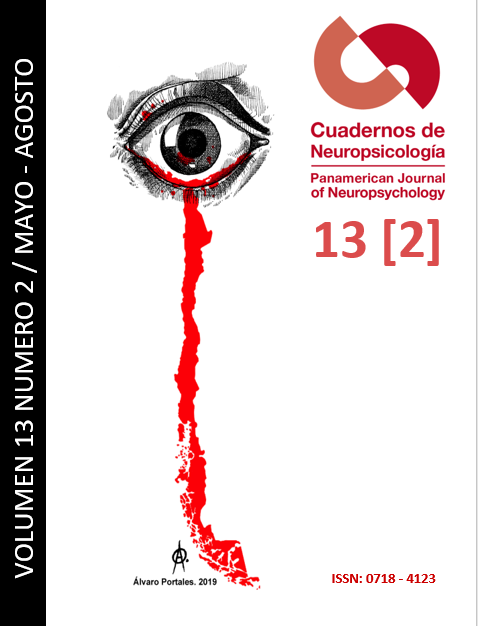Para hablar con el hocico: el experimento mental de john berger
Abstract
Usualmente en las obras literarias se han llevado a cabo los experimentos mentales más asombrosos, por ejemplo: aquellos ligados a imaginar cómo ve el mundo un animal, en particular un perro. Ciertamente, en muchas ocasiones se han pasado por alto las diferencias sustanciales entre la estructura neurobiológica del ser humano y la del cuadrúpedo históricamente más querido y reconocido por el ser humano. De ahà que casi siempre se recurra a un antropomorfismo cuando se quiera relatar el mundo con voz (humana) desde un hocico (canino). Esta forma de actuar (antropocéntricamente) ha recibido su soporte cientÃfico en las obras más recientes de los “teóricos†de la naturaleza humana, por ejemplo, Antonio Damásio en su libro “El extraño orden de las cosas†para quien la sociedad y la cultura son atributos que pueden rastrearse varios miles incluso millones de años antes de la existencia de los seres humanos (Damásio, 2017).Downloads
How to Cite
Issue
Section
License
Articles published in this journal are protected under the Creative Commons Attribution-NonCommercial-ShareAlike 4.0 International (CC BY-NC-SA 4.0) license. This means that authors retain full rights over their research and publications at all times. As a journal, we fully respect and promote the principles of open access established by this license, allowing the work to be shared, adapted, and distributed for non-commercial purposes, provided that appropriate credit is given to the authors and any derivative works are licensed under the same terms.
Authors are responsible for obtaining the required permission when they wish to reproduce part of the material (figures, etc.) from other publications.
Likewise, CNPs allows authors to host in their personal sites or other repositories that they deem convenient the Final and Definitive Version of the published article with the format assigned by the journal. In no case do we allow access to preprints of the article under evaluation or already published.
When submitting an article to CNPs you are aware that all the contents of CNPs are under a Creative Commons License. In which it is allowed to copy and share the contents freely, always making reference to the origin of the publication and its author.





